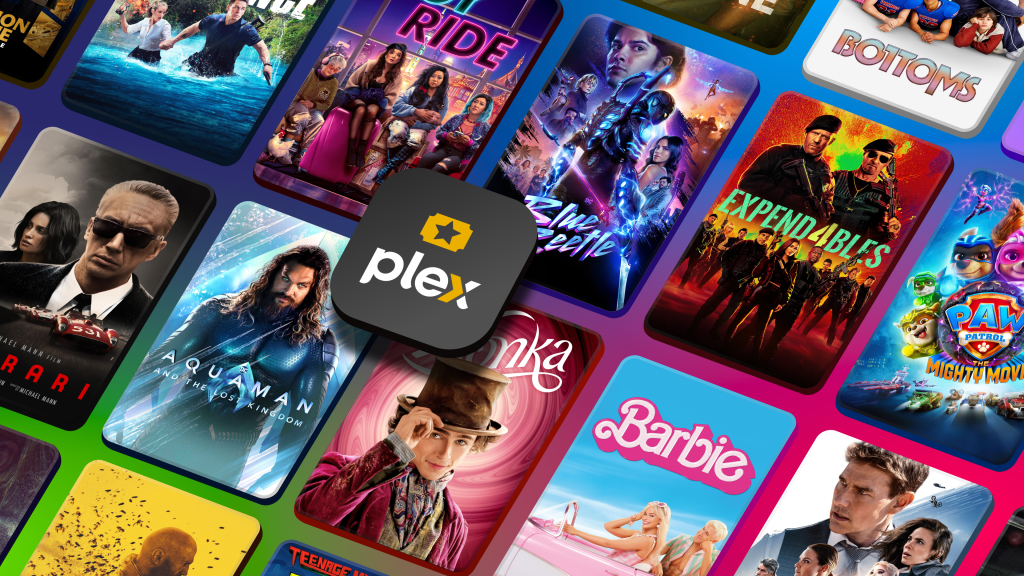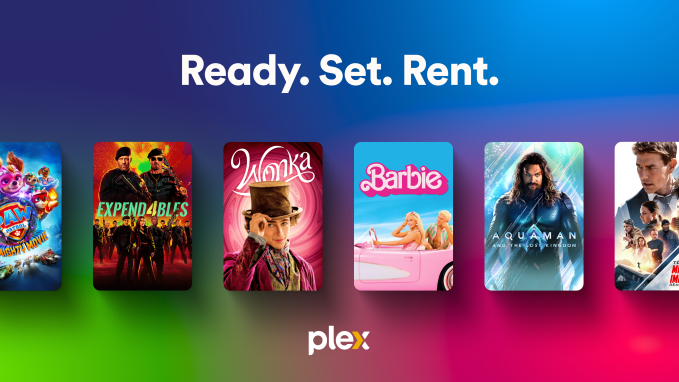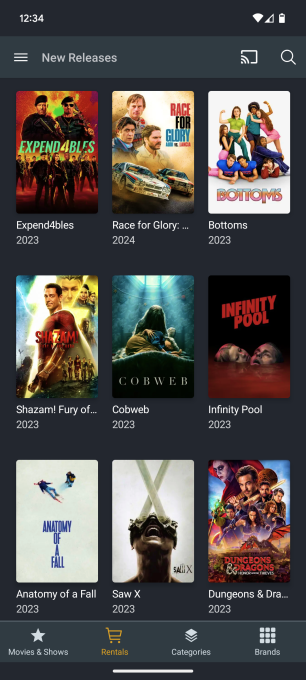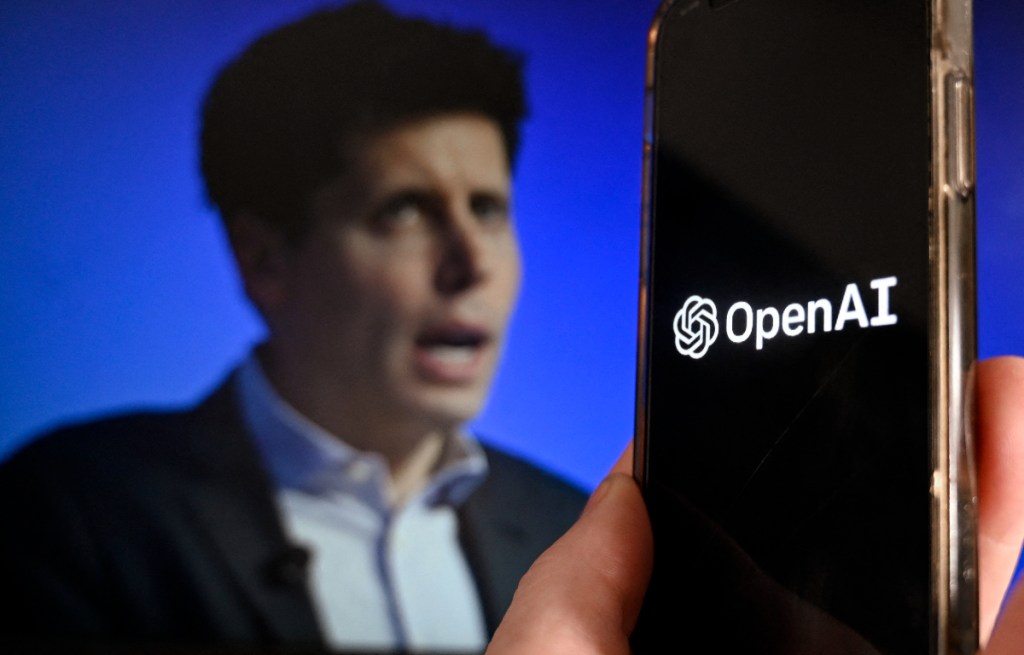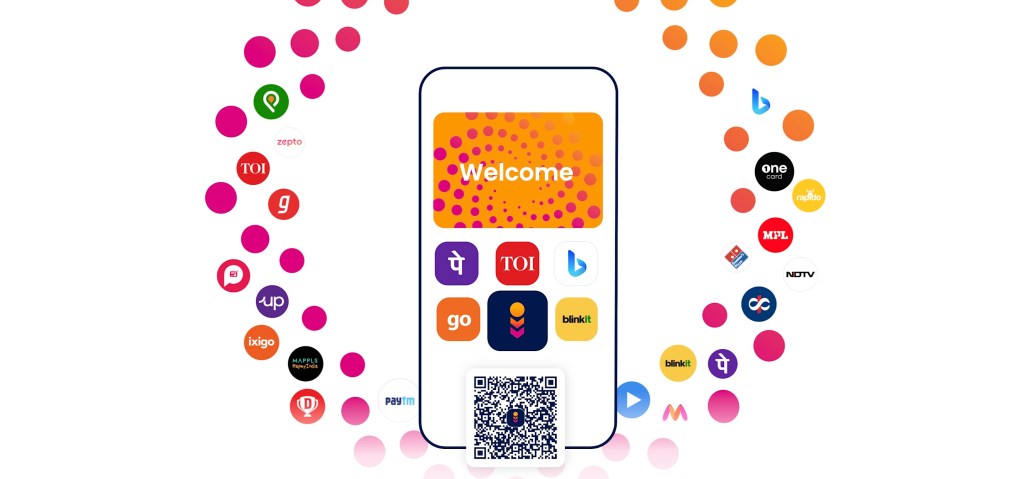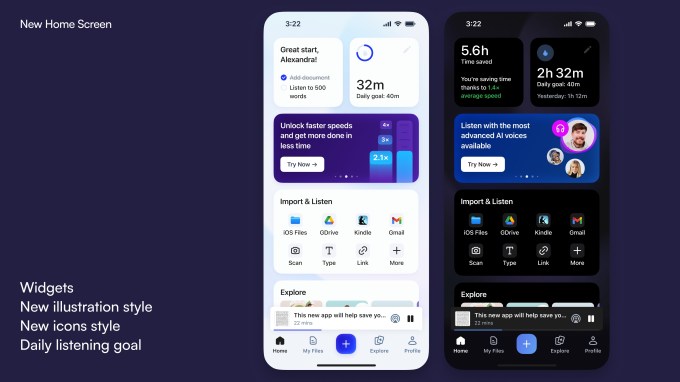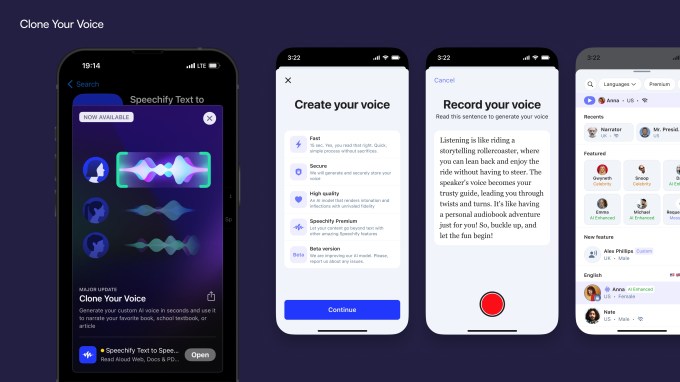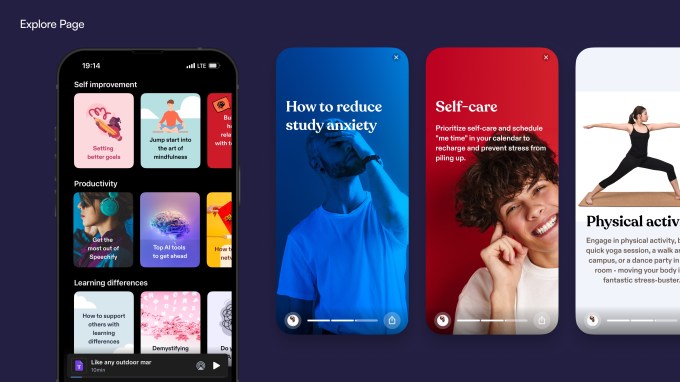
Invite-only dating app Blush has raised $7 million in seed funding to scale and expand its exclusive platform. Blush aims to redefine the online dating experience through community events, virtual courting and bonding over mutual favorite local spots. The app is currently only available in Los Angeles, but is accepting applications for early-access members in Miami, New York, Chicago and Austin.
Blush was founded in October 2023 by Matthew Alfin, who came up with the idea for the startup based on his interest in the intersection of local places and connecting people.
“I felt there was an opportunity to do something interesting in dating,” Alfin told TechCrunch. “I felt there was also an opportunity to reward our users in the process while driving them to local businesses on dates. We wanted to bring back the nostalgia where you spent time courting and getting to know someone.”
Blush lets users send their potential matches digital roses, which cost $3.50 each and can be redeemed for gift cards to popular places in your community, including restaurants, grocery stores, cafés and spas. In Los Angeles, which is where Blush is currently available, roses can be redeemed at places like Erewhon, Alfred Coffee and Craig’s. Alfin says the feature is designed to mimic courting from back in the day when you would send someone roses to show that you were interested in them. The company says users are four times as likely to match when sending roses.
Once users create a Blush profile, they are asked to share their favorite local café, restaurant, gym and more. The app is focused on bridging the gap between the online and offline world by using algorithms to match people based on their favorite local places in order to create a bond over common interests and favorite spots. Blush believes that this makes online dating more personal and grounded in real-life experiences.
As for the company’s community events, Blush holds private parties where members can enjoy food and music while connecting with other Blush users. The idea behind the community events is to curate real-life experiences beyond the online world.
For people who are into astrology, the app features dynamic zodiac compatibility charts that give users insights into potential matches.
When asked about what sets Blush apart from the numerous dating apps currently on the market, Alfin said the combination of real-life events and turning roses into rewards are the biggest differentiators.
“The ability to match with someone on the app and then see them at an event is game changing in the dating space,” Alfin said. “Blush is all about bridging the gap between the online and offline worlds, from our mutual locations feature and in real-life events to rewarding users with gift cards for popular local places. Other dating apps are designed to maximize revenue and do not reward its users; by turning roses into rewards at local businesses we are bringing back this traditional gesture of courtship in a modern way while rewarding users.”
Blush plans to use the funding to expand the app to more locations and introduce more features. The company’s seed funding round included participation from Angellist founder Naval Ravikant, DFJ Growth founder Mark Bailey, former Greylock partner Simon Rothman, music industry manager Larry Rudolph and more.
The company is also in the process of creating an AI dating coach that would act as a personalized advisor to help you on your dating journey. It would let users to ask dating-related questions and receive guidance on dating matters.
